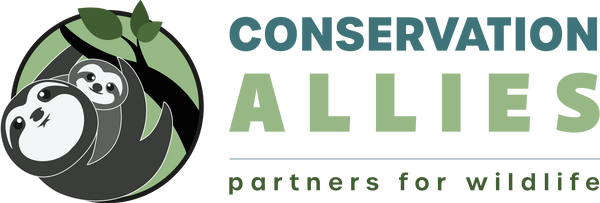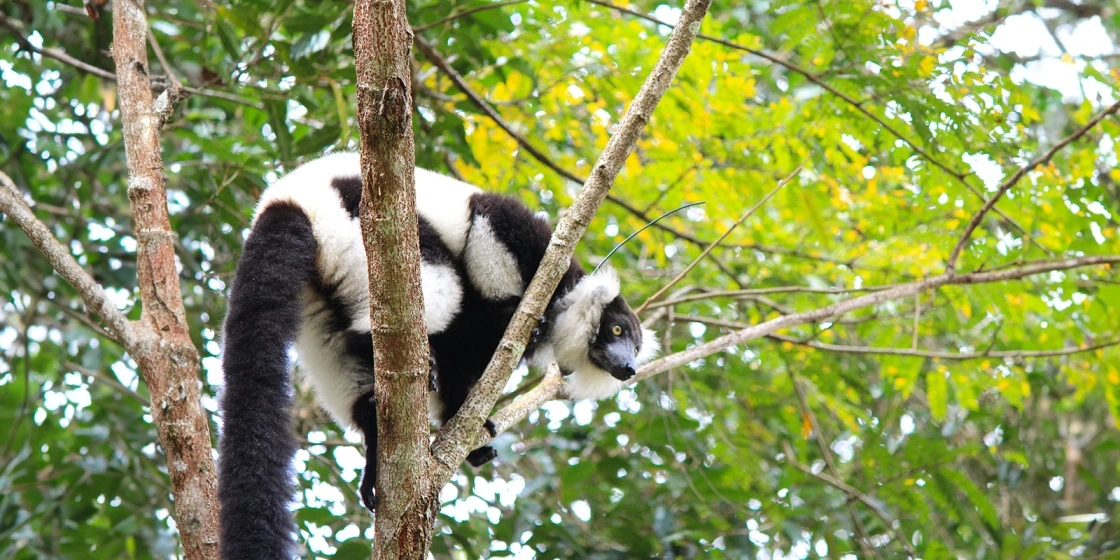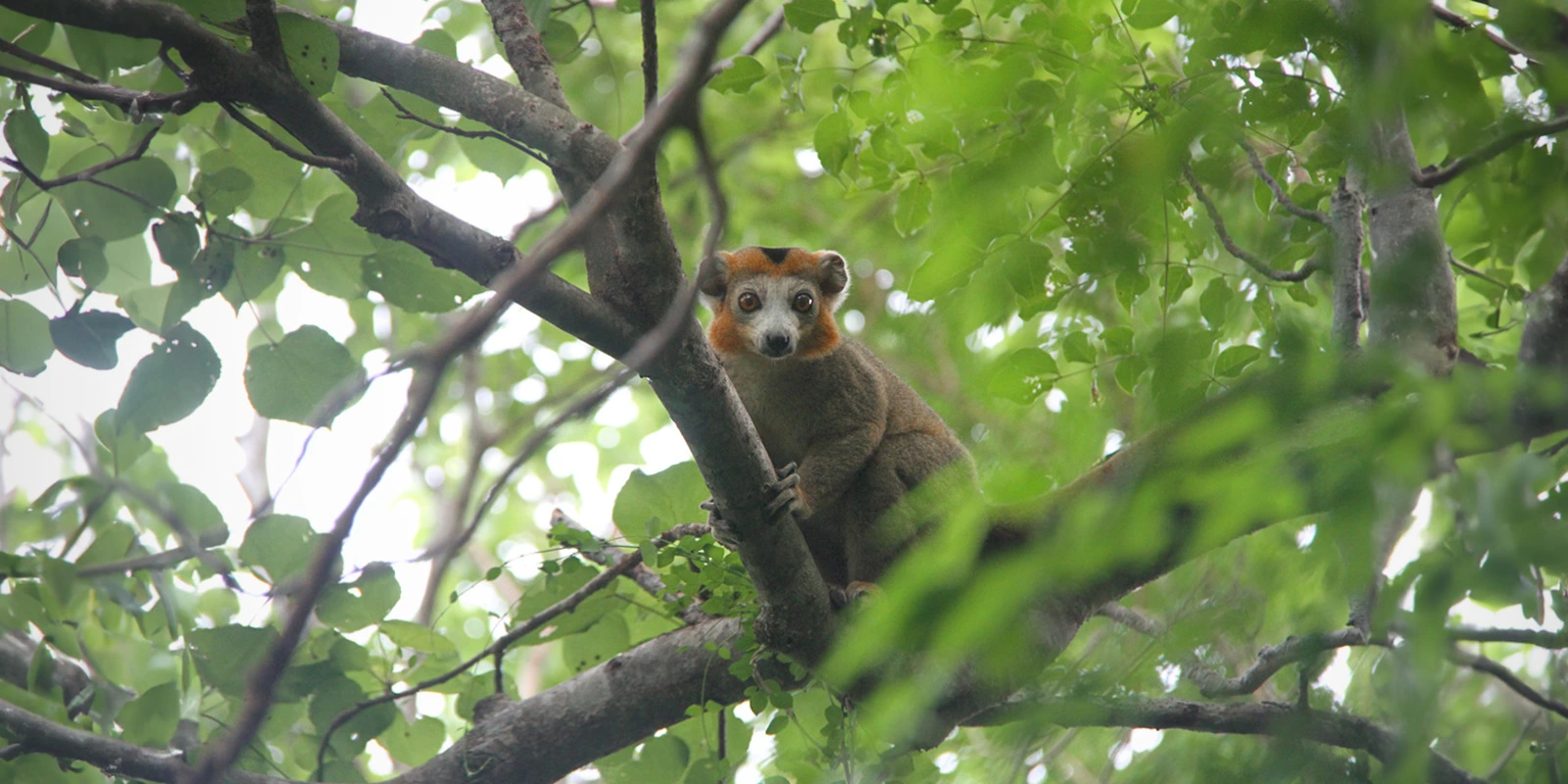Madagascar Biodiversity Partnership

Verified for authenticity Learn More
IMPACT PROMISE 
Our Partners are carefully selected due to their high conservation impact
Appeal Snapshot
Partner:
Location:
Category:
- Community Support and Development
- Protected Area Management
- Scientific Research
Urgent Appeals:
None currently
Date Founded:
2010
Website:
Partner Qualifications:
Verified Partner
One of Conservation Allies' staff or trusted advisors has visited this organization and verified its work and impact.Legally Constituted
This organization is formally constituted and is a legally recognized non-profit in its country of origin. Top AccountabilityOur experienced team has rigorously reviewed the organization's annual accounts. Learn More
Top AccountabilityOur experienced team has rigorously reviewed the organization's annual accounts. Learn MoreEffective Impact
We recognize this Partner for their tremendous efforts to make a difference for wildlife and local communities, as well as welcome technical support from Conservation Allies to improve and scale up their impact.Conservation Action Heroes
We recognize this Partner for their high level of engagement with the Conservation Allies team and their demonstration of a clear commitment to our collective mission of making a real difference and having a major impact on wildlife and communities where it is needed most.
About Madagascar Biodiversity Partnership
Their Challenges
The Madagascar Biodiversity Partnership’s northernmost field site is near a tropical deciduous forest that is home to the global population of the Northern Sportive Lemur. This species is on the brink of extinction with estimates of 100 individuals or less remaining. Unfortunately, illegal harvesting of trees for charcoal production and timber is rapidly fragmenting the forest. Though a protected area, enforcement is difficult due to the site’s convenient proximity to a burgeoning city.
Deforestation is also the primary threat to wildlife around the two of Madagascar Biodiversity Partnership’s field stations in humid, evergreen forests, but is driven here by the agricultural needs of the community. As a result of the removal of large fruit-bearing trees in the forest, the Critically Endangered Black-and-white Ruffed Lemurs experience a decline in population, as these trees are their main source of food. Although the Critically Endangered Greater Bamboo Lemurs can adjust their natural diet when disrupted by deforestation, they often turn to agricultural crops which can lead to human-wildlife conflicts.
In the dry, spiny forest around the southernmost field station of the Madagascar Biodiversity Partnership, agriculture, and charcoal production are the main stressors on wildlife populations. While the area is home to one of the last strongholds of the Critically Endangered Radiated Tortoise, this species must still contend with the above threats in addition to poaching pressures.
Their Approach
Habitat loss is a shared consequence of human activity around every Madagascar Biodiversity Partnership field station. Community-supported reforestation programs that include native species as well as tree species that are useful to people are being implemented at each site. Though the benefits take years to reap, the action engages more than a thousand people every year. This community-driven proactive behavior has planted more than 6 million trees since 2012. As this is a long-term commitment, a generation of children is growing up with this as part of their ethos.
Depending on the drivers of habitat loss, interventions can include workshops to make improved cook stoves to reduce the amount of fuel required to prepare a meal, forest patrols with volunteer rangers and local authorities, experimentation with alternative agriculture strategies, introduction of agroforestry crops, and composting workshops. Meanwhile, lemur monitoring is an ongoing activity providing a ‘live stream’ of data on wildlife populations that will aid in their conservation.
Why They Need Your Help
In 2022 and 2023, four cyclones impacted the communities and forests where the Madagascar Biodiversity Partnership works. Damage ranged from minor flooding and the toppling of trees to complete destruction of homes, schools, and other critical infrastructure. Where there have not been cyclones, a multi-year drought is pushing people and wildlife to their limits. In Madagascar, people have centuries of knowledge and experience that allow them to thrive under familiar conditions, but shifting weather patterns and growing human populations require exploring new ways of meeting household needs. Support from you will help the Madagascar Biodiversity Partnership maintain its programs including the long-running wildlife monitoring programs that document the response of lemurs, tortoises, and the forest to cyclones, habitat conversion, and more. Healthy lemur populations are also a boon to communities as people from around the world travel to Madagascar to see them. The Madagascar Biodiversity Partnership’s lemur monitoring teams bring visitors to the forest where ecotourists can see the animals in the wild. The proceeds provide livelihoods and are distributed among local organizations, like the mayor’s office which used the funds for community improvement projects like replacing school roofs. Your support will also help the Madagascar Biodiversity Partnership expand its ecotourism activities.
Conservation Allies charges no overhead fees or administration costs, meaning 100% of your donation goes directly to the Partner or Project of your choice. All donations made from the United States are fully tax-deductible.


